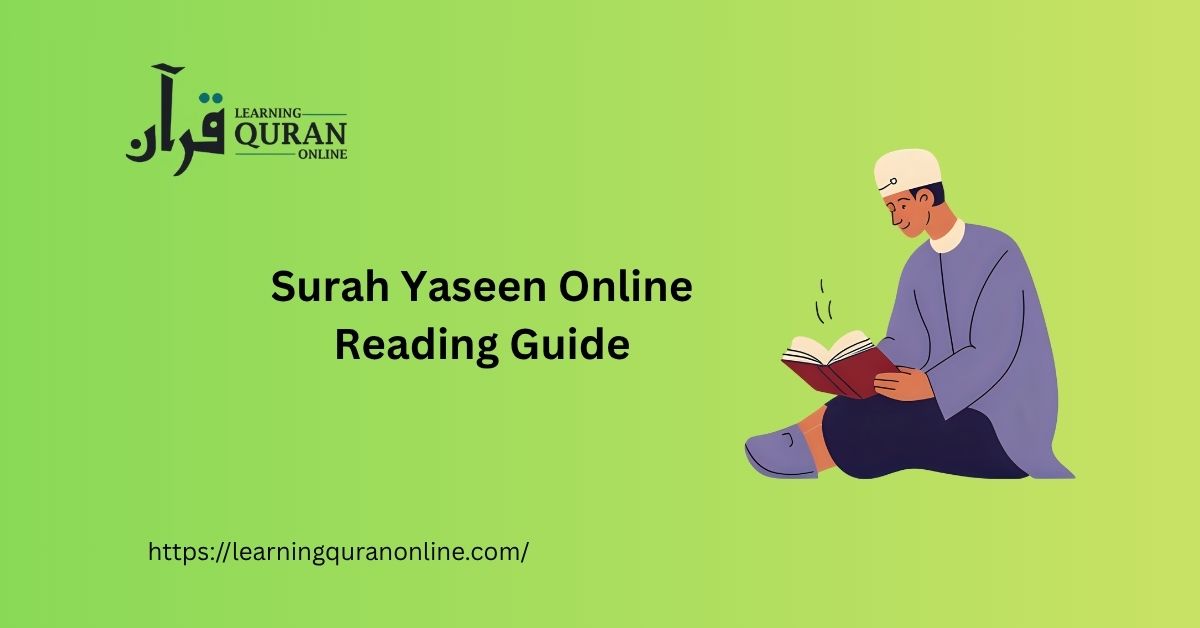Table of Contents
ToggleWhat is Idgham Mutaqaribayn?
Idgham is the Arabic linguistic and Tajweed term for assimilation — the process where one letter is merged into the next so that two sounds become one. Idgham mutaqaribayn refers specifically to assimilation that occurs between two letters whose points of articulation (makhraj) or phonetic positions are near/adjacent to each other. The root word “qarib” means “near” or “close”, so mutaqaribayn literally indicates closeness in articulation.
How Idgham Mutaqaribayn Differs from Other Idgham Types
In Tajweed, idgham is discussed under several headings (e.g., idgham with ghunnah, idgham without ghunnah, idgham mutamathilayn — identical letters, etc.). Idgham mutaqaribayn is distinct because it depends on proximity of makhraj rather than exact identity of letters. While idgham mutamathilayn is merging identical letters and idgham mutajanisayn involves similar letters sharing some attributes, idgham mutaqaribayn focuses on letters that are articulated close together on the vocal tract and therefore tend to influence each other when pronounced consecutively.
Complete Tajweed Guide for Quran Recitation
Why Idgham Mutaqaribayn Matters in Tajweed
- Preserves correct phonetics and meaning — accurate articulation prevents confusion between words that may look similar in script.
- Improves fluency — smooth assimilation reduces choppiness in recitation.
- Enhances melody and rhythm — correct idgham contributes to the aesthetic qualities of tajweed, including proper application of ghunnah when required.
- Prevents incorrect substitution — wrong articulation or separation of near letters can change the intended sound and even meaning.
Identifying Idgham Mutaqaribayn — Key Indicators
To recognize idgham mutaqaribayn in recitation, look for these phonetic clues:
- Two consecutive consonants whose makhraj are adjacent (for example, neighboring areas on the tongue or throat).
- When articulating the first consonant before a second, the natural flow of air and tongue movement favors a blended production rather than two distinct stops.
- Context in speech or the Qur’anic verse that suggests smoother assimilation leads to clearer, more correct pronunciation.
How to Perform Idgham Mutaqaribayn — Step-by-Step Technique
The performance of idgham mutaqaribayn involves controlled merging, which can be described in sequential practice steps:
- Identify the two consecutive letters: Recognize the letters and check their makhraj positions.
- Prepare the first sound: Pronounce the first letter clearly, with its normal vowel or sukun (if present).
- Move smoothly to the next makhraj: Rather than fully releasing the first sound, shift the tongue or throat position slightly toward the second letter’s makhraj.
- Merge with control: Produce the second letter while allowing aspects of the first sound to be absorbed — this creates partial or full assimilation depending on the letters.
- Adjust duration and nasalization: If a ghunnah (nasalization) is required by the merged result, maintain it for the proper time (typically two counts). If not, keep the merged sound clear without nasalization.
Other Relevant Blogs:
- Tajweed Rules for Qalqalah
- Tajweed Rules for Ghunna
- Tajweed Rules for Meem Saakin
- Tajweed Rules for Noon Saakin and Tanween
- Tajweed Rules for Stopping and Starting
- Tajweed Rules for Madd
- Tajweed Rules for Ikhfa
- Tajweed Rules for Idgham
- Tajweed Rules for Iqlab
- Tajweed Rules for Ikhfa Shafawi
- Tajweed Rules for Idgham Mushkilayn
- Tajweed Rules for Idgham Mutajaniseen
Practical Exercises to Master Idgham Mutaqaribayn
Regular practice is essential. Try these drills:
- Slow articulation: Say the two letters separately, then gradually reduce the pause until they are merged.
- Mirror and listen: Use a mirror to watch tongue position and listen to recordings of qualified reciters to mimic precise assimilation.
- Minimal pairs: Practice words or phrases that differ only by separation vs. assimilation to train your ear and mouth.
- Use syllable counting: When merging, keep track of timing — are you producing the proper length for a ghunnah or short assimilation?
- Teacher feedback: Record your recitation and review it with a Tajweed teacher for corrective feedback.
Common Mistakes and How to Avoid Them
Even experienced reciters make errors. Watch for these pitfalls:
- Over-merging: Forcing two letters to become identical when they should remain distinct. Remedy: slow down and focus on the makhraj differences.
- Under-merging: Stopping short of a natural assimilation, resulting in staccato recitation. Remedy: practice sliding from one makhraj to the adjacent one smoothly.
- Incorrect ghunnah: Adding nasalization where not required, or omitting it when necessary. Remedy: learn which letter combinations require ghunnah (study ghunnah rules separately).
- Ignoring word boundaries: Some assimilation only applies within words or across word boundaries depending on Tajweed rules — consult context and a teacher.
Tajweed Mistakes Beginners Make
Examples and Demonstrations (Conceptual)
Because idgham mutaqaribayn concerns letters that are close in articulation, examples are best practiced with a qualified instructor who can demonstrate accurate makhraj shifts. Conceptually:
- Imagine two letters produced by the tip of the tongue near the teeth; shifting from one to the other often requires only a small adjustment in tongue placement — this is where idgham mutaqaribayn occurs.
- In contrast, letters whose makhraj are far apart (e.g., throat vs. lips) cannot be naturally merged in the same manner and usually remain separate.
How Teachers Evaluate Your Idgham
A Tajweed teacher will check:
- Correct identification of eligible letter sequences for idgham mutaqaribayn.
- Proper movement of makhraj (tongue, throat, lips) during the merge.
- Appropriate presence or absence of ghunnah and correct timing.
- Maintenance of clarity and meaning — assimilation should not change the meaning or unintentionally substitute letters.
Practical Tips for Fast Progress
Use these practical strategies to accelerate learning:
- Start slow and deliberate — speed follows accuracy.
- Record short verses and compare with expert recitations (qira’at recordings) to fine-tune subtle differences.
- Practice daily for short focused sessions (15–25 minutes) rather than long sporadic practice.
- Learn the makhraj chart thoroughly — awareness of articulation points is fundamental.
- Join group classes or one-to-one lessons for personalized corrective feedback.
Resources and Further Study
To deepen your understanding of idgham mutaqaribayn and other advanced Tajweed principles:
- Books on Tajweed theory and phonetics that explain makhraj and sifat in depth.
- Audio libraries of expert reciters across different qira’at for comparative listening practice.
- Structured Tajweed courses that include live feedback, practical drills, and graded exercises.
Conclusion — Make Idgham Mutaqaribayn a Strength in Your Recitation
Idgham mutaqaribayn is a nuanced but rewarding aspect of Tajweed. Mastering it enhances fluency, preserves meaning, and beautifies your recitation. Focus on makhraj awareness, controlled merging, and consistent practice. Seek guidance from a qualified teacher when possible to ensure precision.
If you want structured lessons and personalized feedback to master idgham and other Tajweed rules, consider professional online tuition — for example, Learning Quran Online offers qualified tutors and targeted Tajweed practice.
May your recitation become more accurate and melodious as you apply these Tajweed rules with patience and consistency.
















